The grazing season finished up on most Dairylink Ireland farms over the past few days and a lot of stock went into winter housing on Monday.
Programme farmers will carry out a final grass-measuring walk on grazing blocks in the coming days to get an accurate handle of closing average farm cover.
Exact target covers for individual farms depends on stocking rate and land type, although the target on most Dairylink farms is a closing average farm cover of around 650kgDM/ha (available).
On some farms, young stock are still at grass and are being used to graze off heavier covers. Calves or sheep are also being used by some Dairylink farmers to graze off autumn reseeds.
The autumn this year is a significant change from 2017 when cows and young stock had been housed for over six weeks by this stage on many farms. In general, fodder supply for winter is not a major issue on Dairylink farms, although some farmers could be tight in the event of a late spring.
Frank Goodman in Carrickmacross is looking at extended grazing for young stock on heavy covers on the milking platform and outfarms, as well as the role that additional supplementary feed can have with reducing demand on fodder stocks.
However, there will be no more grazing on drier ground on the Goodman farm that is close to the yard and has good lane access as these paddocks will be grazed by cows first in the spring.
Maiden heifers have already been housed on Dairylink farms to get settled ahead of breeding in three weeks’ time. Heat detection and recording has begun and any eligible cows that do not cycle over the next three weeks will be examined by a vet in advance of breeding.
Rain brings grazing season to an end in Carrickmacross
Rain at the weekend led to ground conditions becoming more tender and the end of the 2018 grazing season for Frank Goodman’s milking herd on his farm near Carrickmacross. Cows were housed full-time for winter on Monday after being housed by night and at grass during the day since 14 October.
Frank’s most recent walk last Wednesday showed an average farm cover of 1,083kgDM/ha. Although he had four grazings with the milkers since then, he is still above average cover closing target on the milking platform.
The plan is to get another walk this week and use heifers and calves to graze off covers to an average farm cover of around 650kgDM/ha.
Grazing young stock for longer will help take pressure off fodder stocks which could potentially be tight for the winter period. Cows usually get out to grass on Frank’s farm from mid-February and delayed turnout in the spring could mean extra feed will have to be bought in.
Land throughout the Goodman farm is quite dry and there is grass available on outfarms as well as the grazing block, so Frank is hoping that young stock will be able to stay out for at least another month.
Frank made 21 acres of maize silage last month, and although yield was lower than expected due to wind damage from storm Ali in mid-September, quality is good with the crop analysing at 34% starch.
Calving
Frank runs a split-calving herd and 12 out of the 17 cows in the autumn group have calved down so far. The remaining five will be calved before the end of the month.
Breeding for the autumn group will begin in December and heats will be detected by visual observation four times each day. Frank is also considering getting a teaser bull this winter to help detect heats.
The milking herd is on a TMR of grass silage, 5kg brewers’ grains and 2kg of dairy blend. Cows are then fed to yield in the parlour with the fresh calvers on 8kg and most stale cows are getting no extra concentrates.
The spring-calving group has been scanned and six out of 72 cows, or 8.3%, turned out empty.
There are another six cows in the spring group that are not in-calf as these had already been earmarked for culling and were not served at breeding.
All 25 replacement spring-calving heifers scanned in-calf. This group were served with sexed semen over two cycles before a Friesian bull was put in to sweep up.
Vaccines
In past week, cows on the Goodman farm have got their booster for the salmonella vaccine and heifers have got their double shot. Frank also vaccinates for leptospirosis, IBR and BVD, although he is considering dropping the BVD vaccine with the threat of infection reducing.
All autumn-calvers were vaccinated for rotavirus this year for the first time.
Frank says that he notices a significantly lower incidence of scour in the calf house and he plans to use it on all cows in the future.
Milking cows have been housed on most Dairylink farms in the past week.Young stock are generally still at grass, but maiden heifers have been housed ahead of breeding.Heats will be observed from now on and non-cycling cows will be examined by a vet before breeding.Sire selection has been completed on programme farms and semen has been ordered. Read more
Dairylink: starting the final round in Monaghan
Dairylink : options for dry cows on project farms
The grazing season finished up on most Dairylink Ireland farms over the past few days and a lot of stock went into winter housing on Monday.
Programme farmers will carry out a final grass-measuring walk on grazing blocks in the coming days to get an accurate handle of closing average farm cover.
Exact target covers for individual farms depends on stocking rate and land type, although the target on most Dairylink farms is a closing average farm cover of around 650kgDM/ha (available).
On some farms, young stock are still at grass and are being used to graze off heavier covers. Calves or sheep are also being used by some Dairylink farmers to graze off autumn reseeds.
The autumn this year is a significant change from 2017 when cows and young stock had been housed for over six weeks by this stage on many farms. In general, fodder supply for winter is not a major issue on Dairylink farms, although some farmers could be tight in the event of a late spring.
Frank Goodman in Carrickmacross is looking at extended grazing for young stock on heavy covers on the milking platform and outfarms, as well as the role that additional supplementary feed can have with reducing demand on fodder stocks.
However, there will be no more grazing on drier ground on the Goodman farm that is close to the yard and has good lane access as these paddocks will be grazed by cows first in the spring.
Maiden heifers have already been housed on Dairylink farms to get settled ahead of breeding in three weeks’ time. Heat detection and recording has begun and any eligible cows that do not cycle over the next three weeks will be examined by a vet in advance of breeding.
Rain brings grazing season to an end in Carrickmacross
Rain at the weekend led to ground conditions becoming more tender and the end of the 2018 grazing season for Frank Goodman’s milking herd on his farm near Carrickmacross. Cows were housed full-time for winter on Monday after being housed by night and at grass during the day since 14 October.
Frank’s most recent walk last Wednesday showed an average farm cover of 1,083kgDM/ha. Although he had four grazings with the milkers since then, he is still above average cover closing target on the milking platform.
The plan is to get another walk this week and use heifers and calves to graze off covers to an average farm cover of around 650kgDM/ha.
Grazing young stock for longer will help take pressure off fodder stocks which could potentially be tight for the winter period. Cows usually get out to grass on Frank’s farm from mid-February and delayed turnout in the spring could mean extra feed will have to be bought in.
Land throughout the Goodman farm is quite dry and there is grass available on outfarms as well as the grazing block, so Frank is hoping that young stock will be able to stay out for at least another month.
Frank made 21 acres of maize silage last month, and although yield was lower than expected due to wind damage from storm Ali in mid-September, quality is good with the crop analysing at 34% starch.
Calving
Frank runs a split-calving herd and 12 out of the 17 cows in the autumn group have calved down so far. The remaining five will be calved before the end of the month.
Breeding for the autumn group will begin in December and heats will be detected by visual observation four times each day. Frank is also considering getting a teaser bull this winter to help detect heats.
The milking herd is on a TMR of grass silage, 5kg brewers’ grains and 2kg of dairy blend. Cows are then fed to yield in the parlour with the fresh calvers on 8kg and most stale cows are getting no extra concentrates.
The spring-calving group has been scanned and six out of 72 cows, or 8.3%, turned out empty.
There are another six cows in the spring group that are not in-calf as these had already been earmarked for culling and were not served at breeding.
All 25 replacement spring-calving heifers scanned in-calf. This group were served with sexed semen over two cycles before a Friesian bull was put in to sweep up.
Vaccines
In past week, cows on the Goodman farm have got their booster for the salmonella vaccine and heifers have got their double shot. Frank also vaccinates for leptospirosis, IBR and BVD, although he is considering dropping the BVD vaccine with the threat of infection reducing.
All autumn-calvers were vaccinated for rotavirus this year for the first time.
Frank says that he notices a significantly lower incidence of scour in the calf house and he plans to use it on all cows in the future.
Milking cows have been housed on most Dairylink farms in the past week.Young stock are generally still at grass, but maiden heifers have been housed ahead of breeding.Heats will be observed from now on and non-cycling cows will be examined by a vet before breeding.Sire selection has been completed on programme farms and semen has been ordered. Read more
Dairylink: starting the final round in Monaghan
Dairylink : options for dry cows on project farms






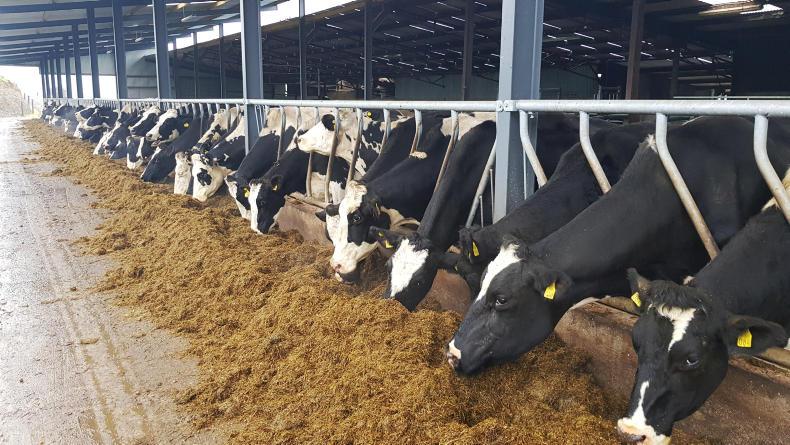
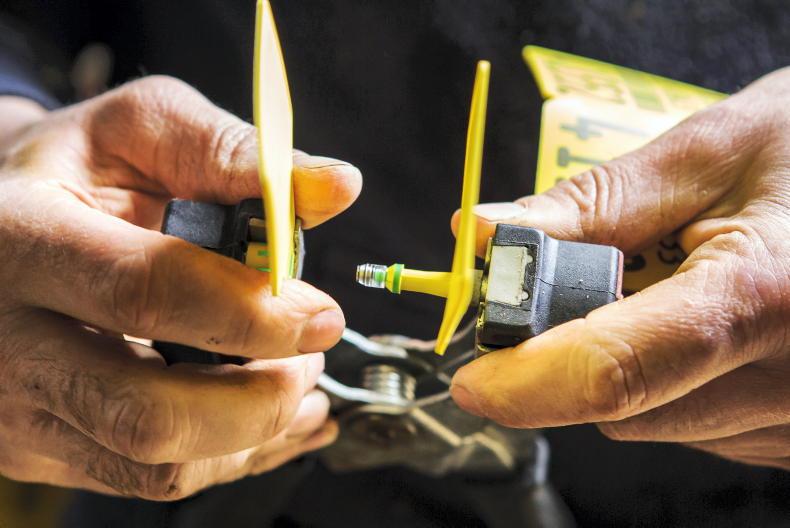

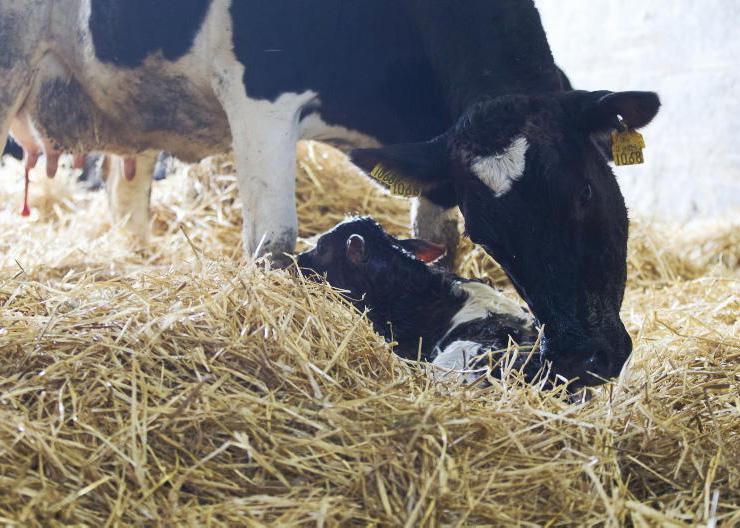
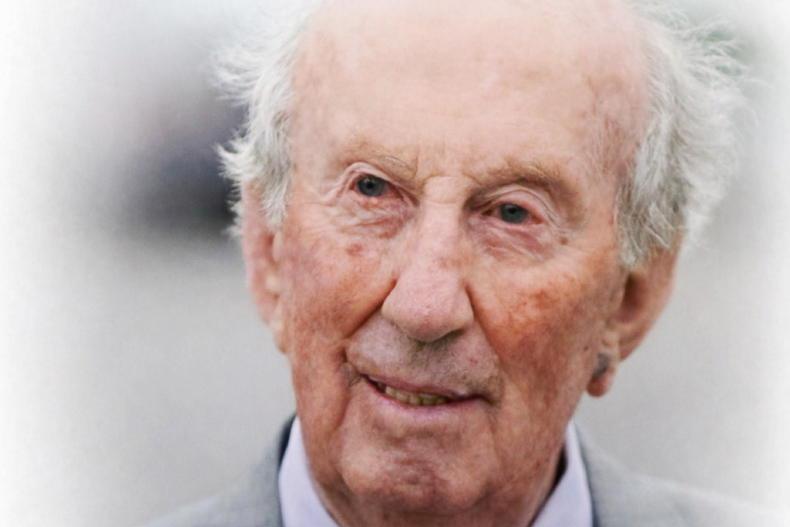
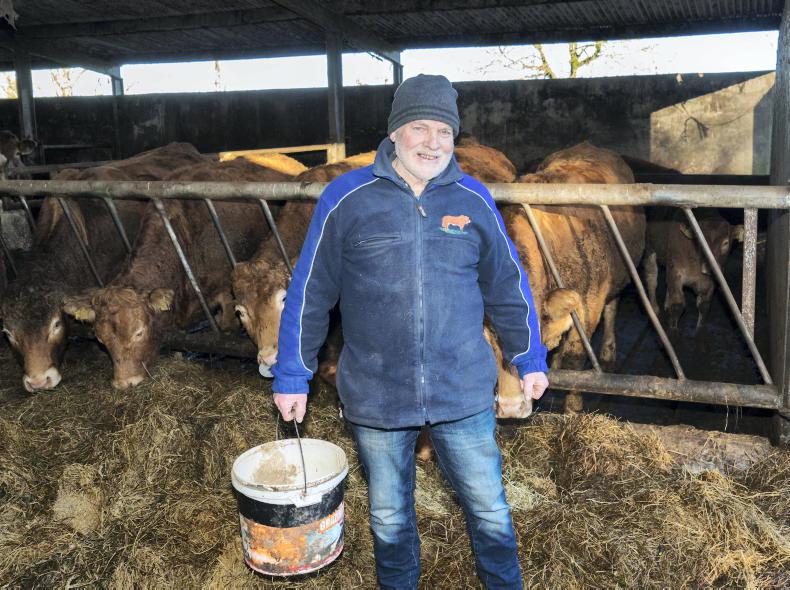
SHARING OPTIONS